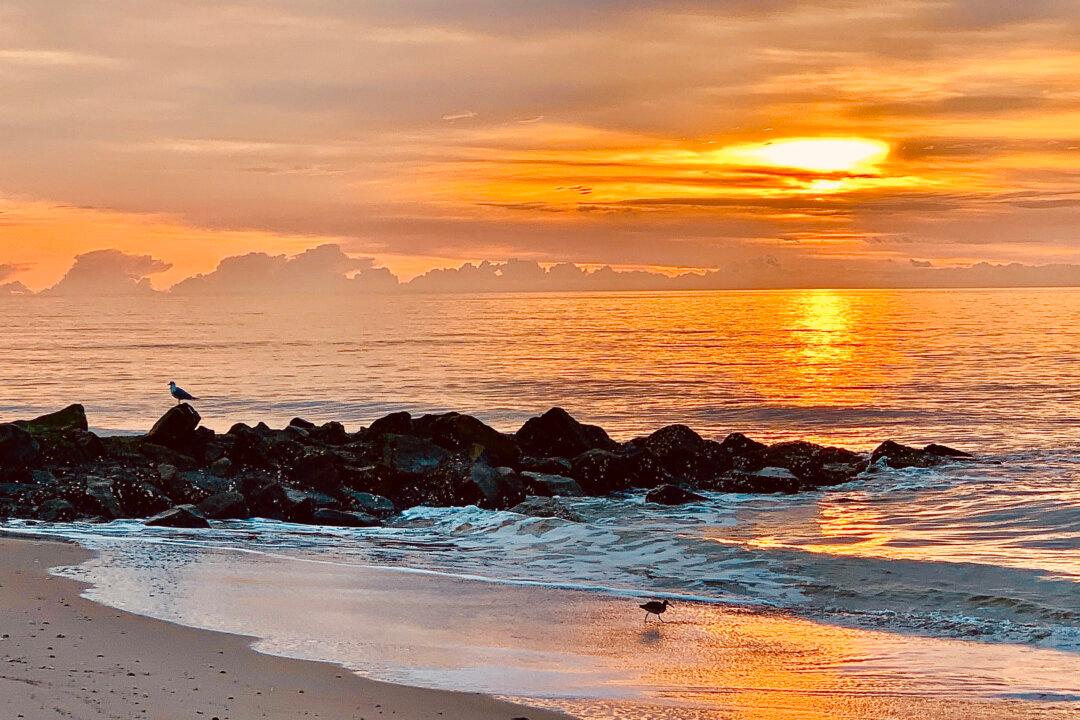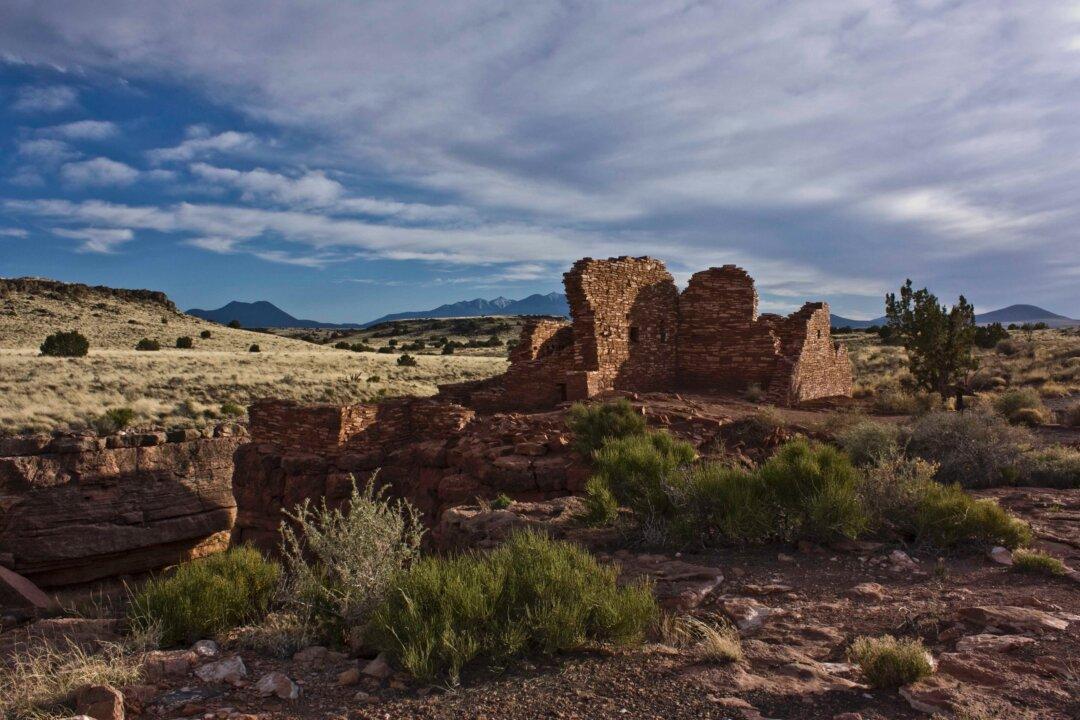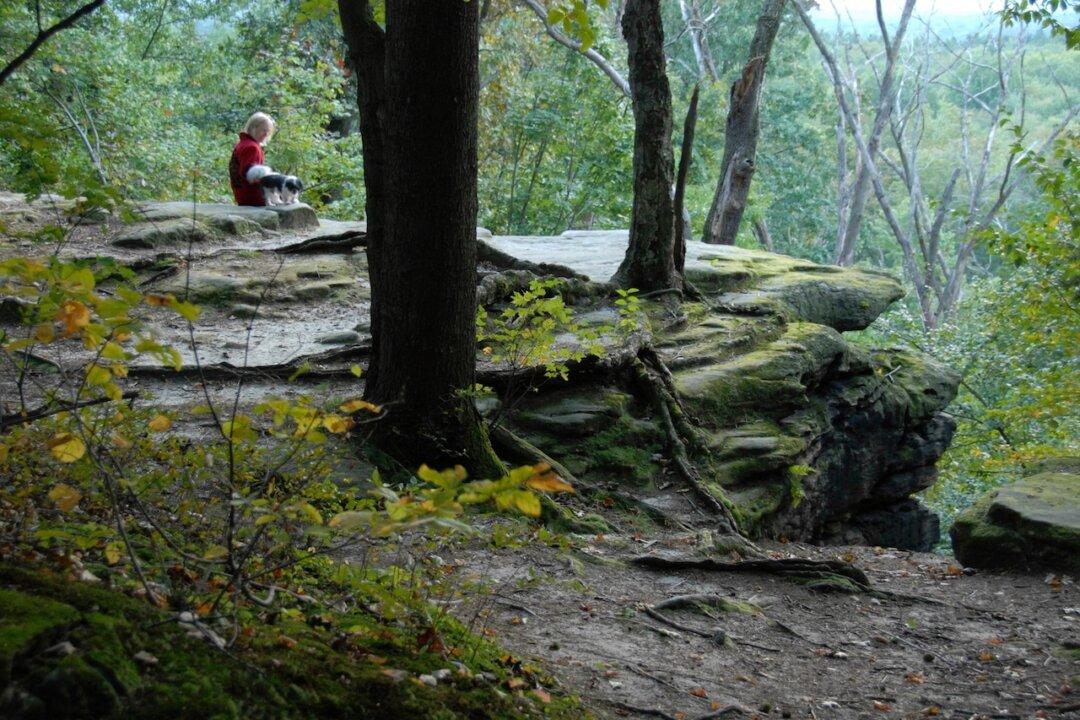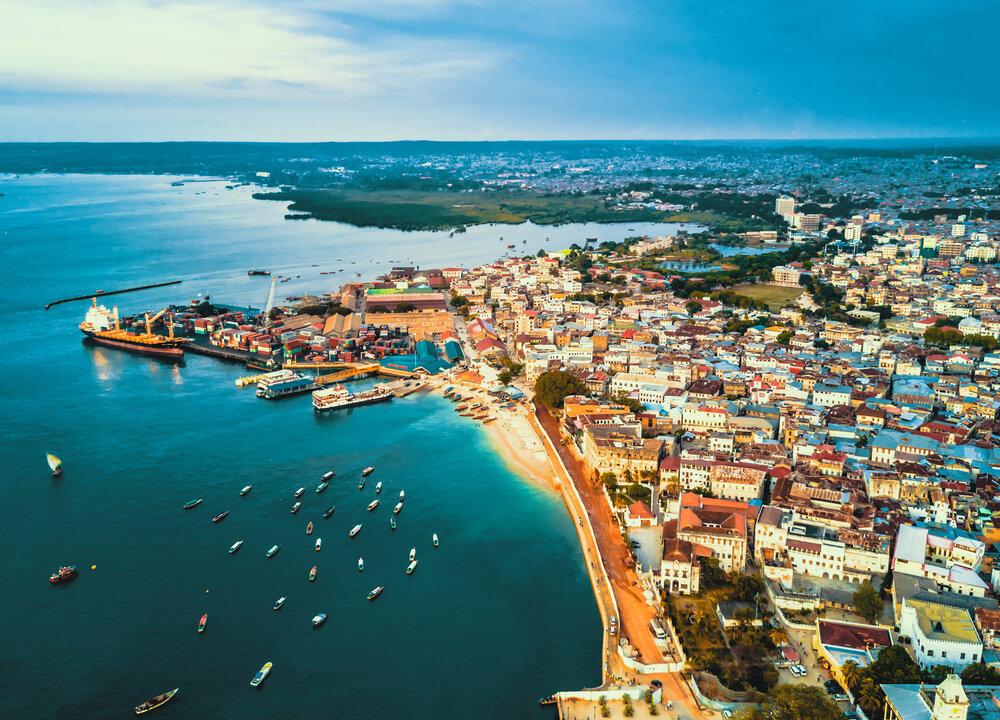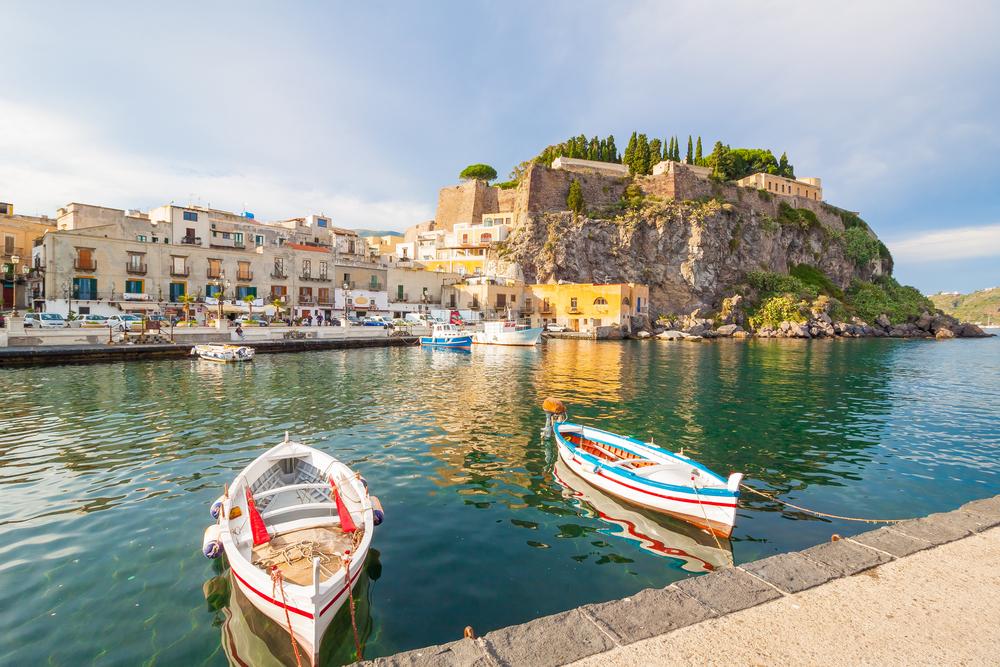The sun baked the sea oats lining the beach. An excited gull screeched me awake from the slumber of all hammock slumbers. After a minute, my eyes cracked open. I caught sight of some lucky man in a big Bertram yacht, its wake cutting the seascape in half. Two pretty girls played at the water’s edge, as my pal Gary looked on from the back steps. It was our two weeks on Sullivan’s Island.
These were the happiest days of my youth, part of a bygone era they write screenplays about.

